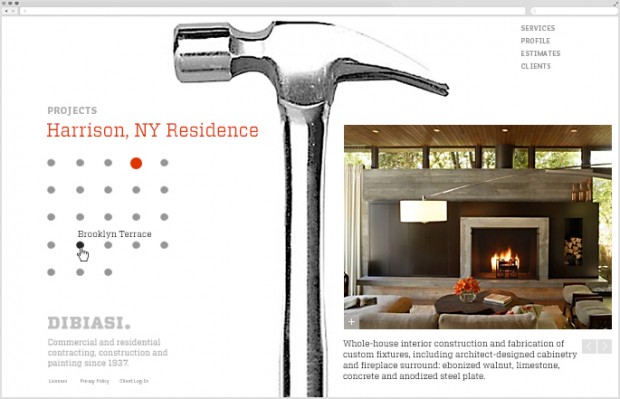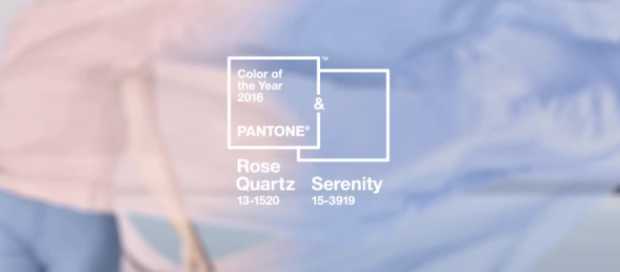DO YOU NEED A LOGO?
While the previous chapter spoke more in general terms, what about yourparticular case. Do YOU need a logo? Maybe. Maybe not. While this may
seem somewhat odd, especially from someone who makes his living at
selling design services, this is perhaps the most critical step to the entire
logo design process. How can you tell if you need a logo?
Well, ask yourself a few questions starting with these;
1) What are the short term, mid range and long-term goals of your company or
the product/service you are developing?
2) Are you going to be competing for the attention of prospective clients and
customers in a crowded marketplace?
3) Will you be entering an already thriving industry and – let’s not be coy –
fighting to ‘steal’ business away from other, more established companies?
4) Do you need to get people’s attention – the “here I am, and here’s what I do”
kind of attention?
If you answered yes to one or more of these questions, then you’ll probably
need a logo design and all that entails. Conversely, if you’re working for ‘the
man’ during the day, and moonlighting to a few friends at night – say,
accounting services come tax time – then you don’t need a logo, simple as
that. Word of mouth, and casual referrals are likely to keep you more than
busy enough.
More ‘bang’ than you need?
Sure, you may want something ‘nifty’ to doll up your invoices, but you canprobably manage that on your own – using standard business software and
the supplied logo templates. You may even be able to crank out your own
rudimentary letterhead and business cards (Avery and other paper
suppliers offer pre-cut material that can be printed on your personal
printer). As much as my studio (and any other graphic design professional)
would love to work with you on your new identity, it’s probably more ‘bang’
than what you need for the expectations you have, and the goals you have
set. If, on the other hand, your business aspirations are to develop your
business further, more investigation is probably in order.
Advertisements need a logo.
One of the litmus tests we can employ at this juncture is this; if you’replanning to develop some brochures, maybe even an advertisement in the
local paper – you might need a logo. You’ll notice that’s still a ‘might’.
Bulletin boards at the local supermarket are full of hand-posted ‘flyers’ – you
recognize them by the multitude of tiny ‘pull off strips with hand-written
phone numbers, and while these advertisements might be more noticeable
with a decent logo, they probably perform to the level that can be
expected – a trickle of inquires and one or two solid leads. If that’s all that
you’re after, then a full-blown logo, and the work involved in creating one,
is still more than what you need.
However, if you’re planning to drop a few hundred on an ad that is to be
featured on a newspaper page with a load of other ads, then yours better
stand out (for the most part, classified ads still enjoy the ‘no logo needed’
status). Yes, your deals are better. Yes, your service is faster. You’re even a
nice person. But if people don’t notice your ad, who really cares? A version
of the ‘if a tree falls in the forest’ and ‘the sound of one hand clapping’
arguments. Same goes for your website.
The intangible feeling of unease.
Think of this – you’ve been looking for a product or service on the Internet.You’ve run into sites that sell what you’re looking for, but for one reason or
another, you’ve chose to look elsewhere. Oh sure, it may have been price.
But haven’t there been times when you’ve backed out of a web site
because the website wasn’t ‘right’? It didn’t ‘look’ as professional as the site
that finally earned your business. Perhaps it ‘felt’ a little shady. Bad graphics.
Spelling mistakes. And yes, it probably featured a bad logo, maybe even a
hideous one. Pretty nebulous stuff. You probably couldn’t put your finger
on it at the time. Trouble is, if your fledgling company or service is poorly
presented, neither will your potential clients. They’ll just ‘feel’ that
something’s not quite right about your business. And you’ll lose the sale.
Selling your company to strangers.
Once again, if you’re simply filing tax returns on behalf of friends and familyfor a few bucks on the side, none of this is an issue. Simply naming your
company should be enough. If, however, you’re trying to sell you services to
strangers – and have but a few seconds to convince them that you are
exactly what they’re looking for, you need to think about branding your
company. Because that’s what a great logo (and related branding) is all
about. Convincing strangers that you are the best (or at least very good) at
what you do.
Strangers you ask? Sure – let’s take another example. Let’s say your
homemade chili was such a hit at family picnics you decided to sell it at the
local farmer’s market for a few bucks a jar. You could probably still get by
without a logo on the jar and your booth. Captive audience, word of
mouth, returning customers and a limited production capacity (how big is
that crock-pot really?) combine to render a logo less than critical. If I
wanted to be a stickler here, I could also argue that if the chili is good, a
good branding workup will help move it through attention grabbing
branding. I could also point out that if your chili is, in reality, simply
mediocre – family members can be very forgiving – a good identity is
practically a prerequisite. You’ll have few return clients and you’ll always be
looking for new customers. It might also behoove you to have a flyer
through which your word-of-mouth referrals can find you. I am, however,
trying to avoid nuance here, so I’ll stick to my original black and white
point.
So, while it’s true that not every company or business needs a logo, it can
similarly be argued that in some instances a decent corporate identity is
absolutely critical to the longevity and growth of others. And only by taking
a long, hard look at what you want to accomplish with your entrepreneurial
aspirations, can you decide which applies to you.























 “As consumers seek mindfulness and well-being as an antidote to modern day stresses, welcoming colors that psychologically fulfill our yearning for reassurance and security are becoming more prominent. Joined together, Rose Quartz and Serenity demonstrate an inherent balance between a warmer embracing rose tone and the cooler tranquil blue, reflecting connection and wellness as well as a soothing sense of order and peace.” We didn’t see much of this throughout 2019, but their pick for 2020 is promising:
“As consumers seek mindfulness and well-being as an antidote to modern day stresses, welcoming colors that psychologically fulfill our yearning for reassurance and security are becoming more prominent. Joined together, Rose Quartz and Serenity demonstrate an inherent balance between a warmer embracing rose tone and the cooler tranquil blue, reflecting connection and wellness as well as a soothing sense of order and peace.” We didn’t see much of this throughout 2019, but their pick for 2020 is promising:








